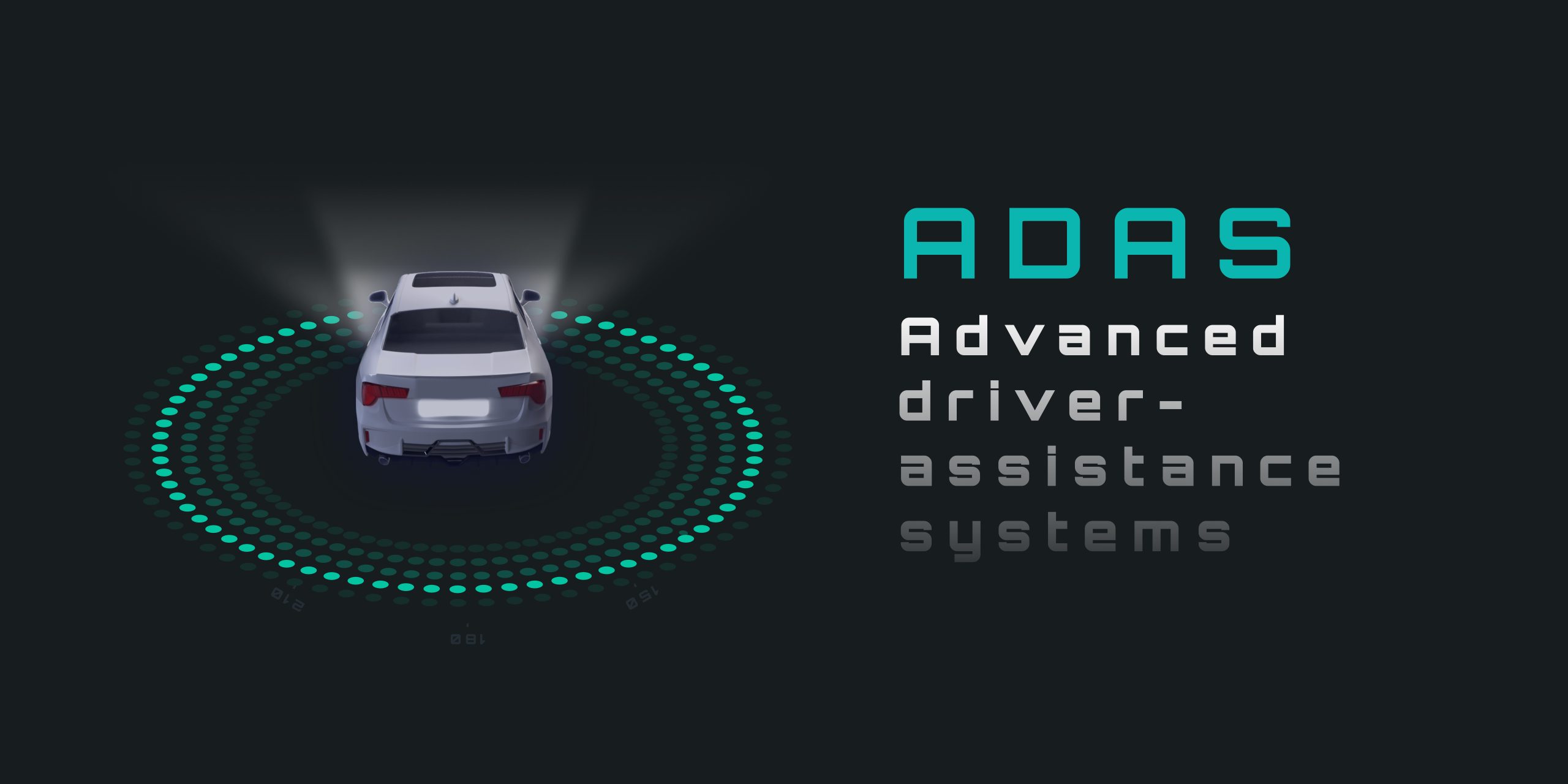
Modern vehicles are equipped with Advanced Driver Assistance Systems (ADAS), designed to enhance safety and improve driving experiences. These systems rely on various sensors, including cameras, radar, and LiDAR, to function correctly. One of the most critical yet often overlooked aspects of maintaining ADAS technology is windshield camera calibration.
But what exactly is windshield camera calibration, and why is it essential? In this guide, we’ll cover everything you need to know about ADAS calibration, its importance, the process, and what to expect when getting it done.
What is Windshield Camera Calibration?
Windshield camera calibration is the process of precisely adjusting and fine-tuning the cameras and sensors mounted on your windshield to ensure they provide accurate data to the vehicle’s ADAS system. These cameras play a crucial role in features such as:
- Lane departure warning – Alerts if the vehicle drifts out of its lane.
- Adaptive cruise control – Maintains a safe distance from other vehicles.
- Automatic emergency braking – Engages brakes if an obstacle is detected.
- Traffic sign recognition – Reads speed limit and road signs.
- Pedestrian and object detection – Identifies potential collisions.
Even a slight misalignment in the windshield camera calibration can cause errors, leading to false warnings, system malfunctions, or failure to detect obstacles. If your vehicle has ADAS technology, maintaining windshield camera calibration is non-negotiable.
Why is Windshield Camera Calibration Important?
ADAS features are designed to assist drivers, but improper windshield camera calibration can result in:
- False warnings – Your car may brake unnecessarily or provide incorrect lane departure alerts.
- Failure to detect obstacles or pedestrians – A misaligned camera may not “see” hazards correctly.
- Delayed or incorrect responses – Critical safety features may not activate when needed.
- Compromised safety – ADAS relies on precision, and inaccurate calibration can be dangerous.
Even a few millimeters of misalignment can throw off the system, making your ADAS windshield camera calibration a vital step after any windshield replacement or repair.
When is ADAS Calibration Required?
You may need windshield camera calibration in the following situations:
✅ Windshield replacement – Any shift in the glass position affects sensor accuracy.
✅ Accident or collision – Even minor impacts can knock cameras out of alignment.
✅ Suspension or wheel alignment changes – These affect how ADAS reads road conditions.
✅ ADAS system errors or warnings – Malfunctioning alerts signal a possible calibration issue.
✅ Battery disconnection or software updates – Some vehicles require recalibration after power loss.
If your vehicle has undergone any of these changes, windshield camera calibration is essential to restore ADAS functionality.
How is ADAS Calibration Performed?
Windshield camera calibration is a precise process that requires specialized equipment and expertise. There are two main types of calibration:
1. Static Calibration
- Performed in a controlled indoor setting using laser-guided tools.
- The vehicle remains stationary while technicians align the cameras.
- Required for many manufacturers before any dynamic calibration.
2. Dynamic Calibration
- The vehicle is driven on a set route under specific conditions.
- ADAS sensors recalibrate in real-time as the car moves.
- Some vehicles require a combination of both methods.
Without proper windshield camera calibration, these systems may fail to work correctly, putting you at risk.

How Long Does Windshield Camera Calibration Take?
The duration of windshield camera calibration depends on the vehicle type and the calibration method required:
- Static calibration takes 30 minutes to 2 hours in a workshop.
- Dynamic calibration takes 30 minutes to 1 hour of road driving.
- Some vehicles require both, extending the process.
A trained technician ensures all sensors are calibrated to manufacturer specifications before the car is ready to drive safely.
Does Insurance Cover Windshield Camera Calibration?
Many insurance providers cover windshield camera calibration under comprehensive auto glass policies, but coverage varies. Before scheduling a calibration, check with your insurer to confirm:
- If windshield replacement and calibration are covered.
- Whether a deductible applies.
- If you must use an approved service provider.
Skipping windshield camera calibration can void warranties and reduce safety, making it a necessary expense.
What Sensors Are in a Windshield?
ADAS-equipped windshields house multiple sensors, including:
- Forward-facing cameras – Crucial for lane-keeping and adaptive cruise control.
- Rain sensors – Activate automatic windshield wipers.
- Light sensors – Control automatic headlight functions.
- Infrared sensors – Some vehicles use these for driver monitoring systems.
Since all these sensors work together, proper windshield camera calibration ensures they function correctly.
Can You DIY Windshield Camera Calibration?
No—windshield camera calibration is not a DIY task. It requires:
- Specialized tools and calibration targets – Professional-grade equipment is essential.
- Manufacturer software access – Many calibrations require dealer-level diagnostics.
- A controlled environment – Precise measurements are crucial for proper alignment.
Incorrect windshield camera calibration can cause ADAS malfunctions, leading to unsafe driving conditions. Always trust a professional ADAS service centre.
Find an ADAS Calibration Centre Near You
If your vehicle needs windshield camera calibration, don’t take any risks. Professional calibration ensures your ADAS system operates safely and accurately.
Find an ADAS Calibration Centre Near Me
Drive with confidence—schedule your windshield camera calibration today! 🚗✔️
